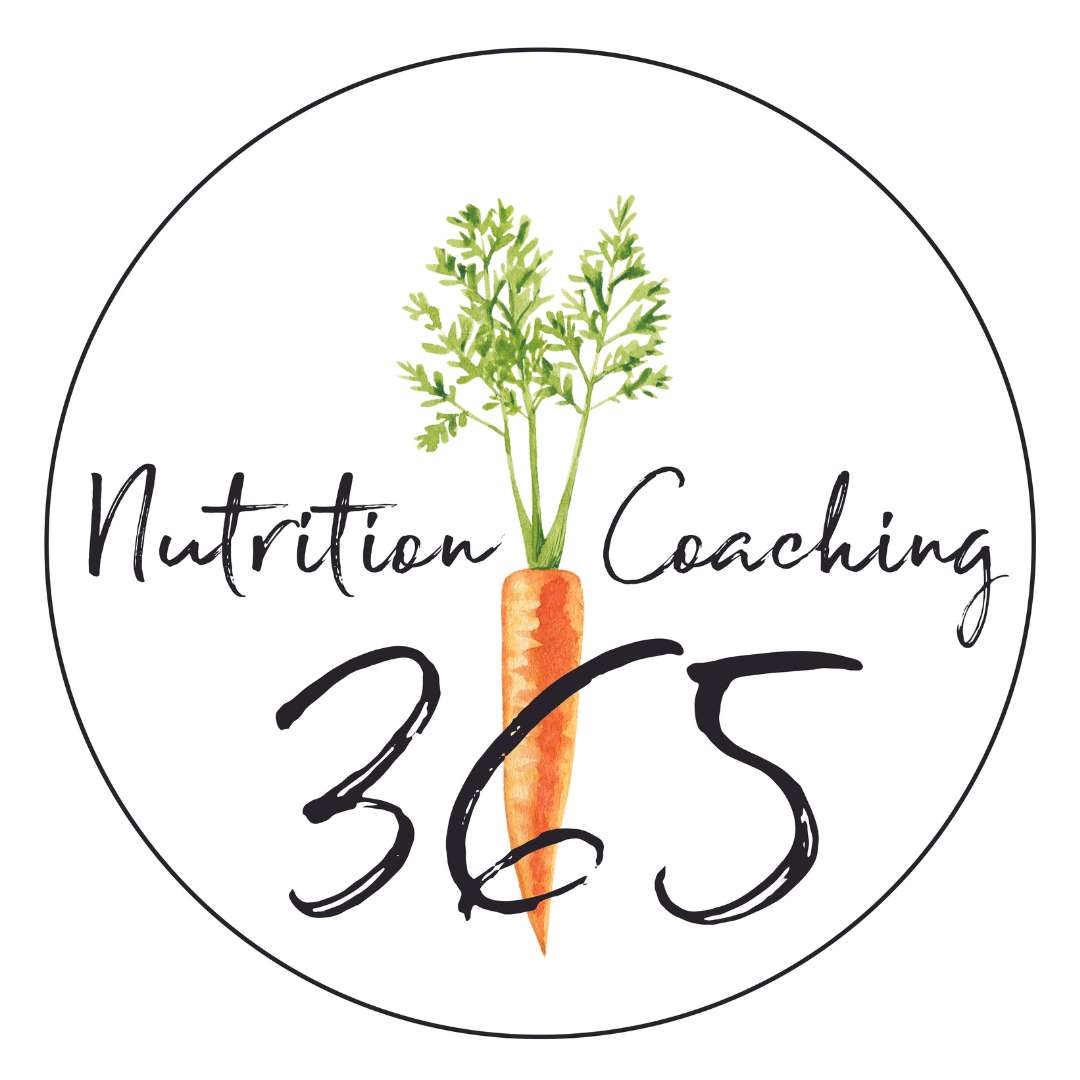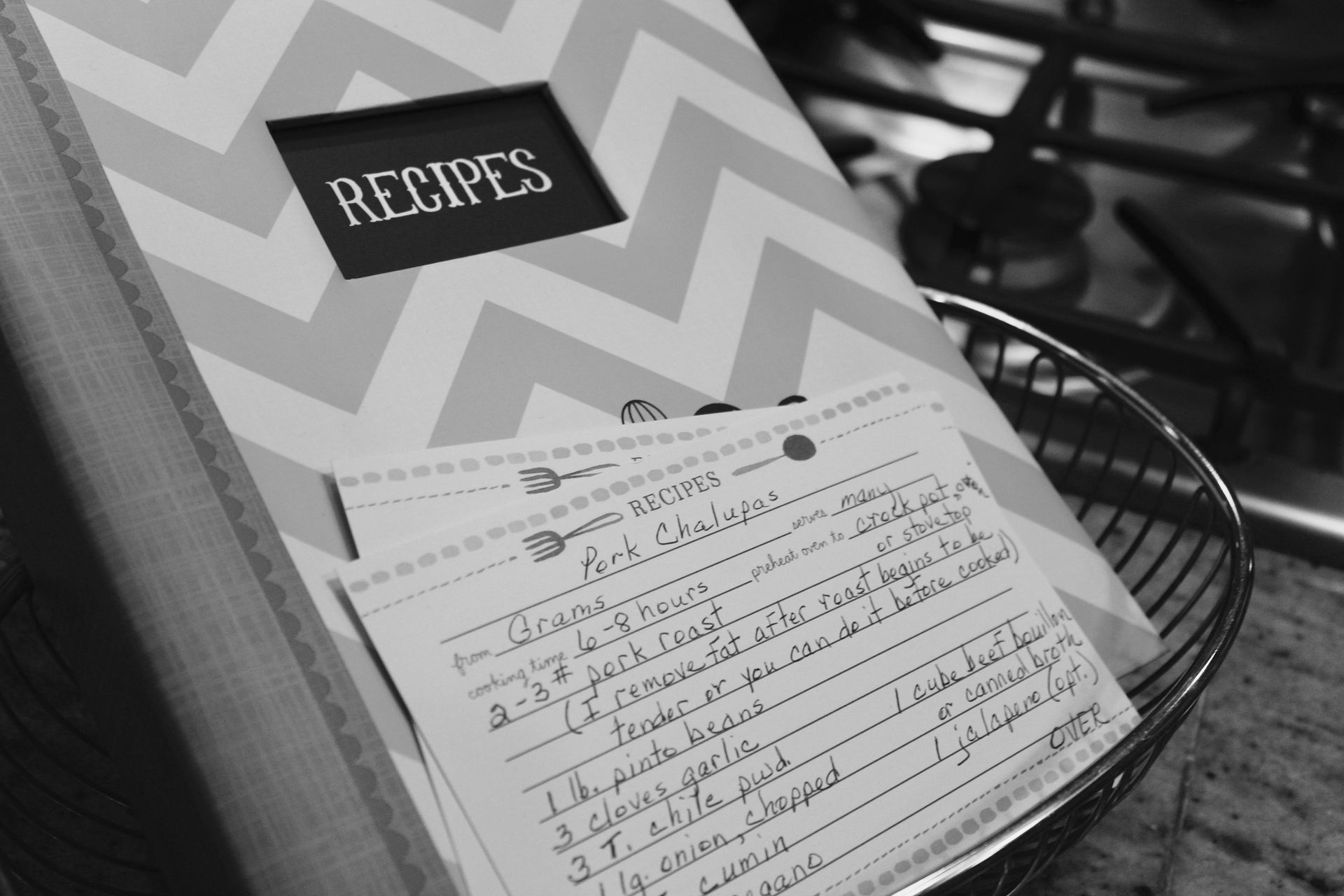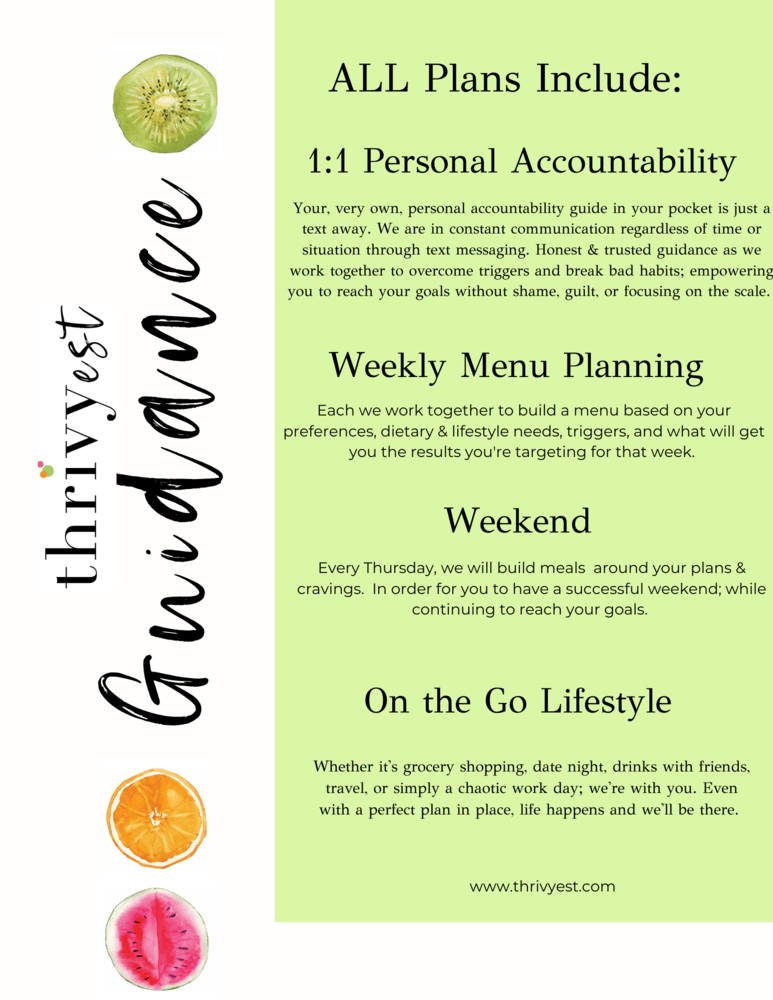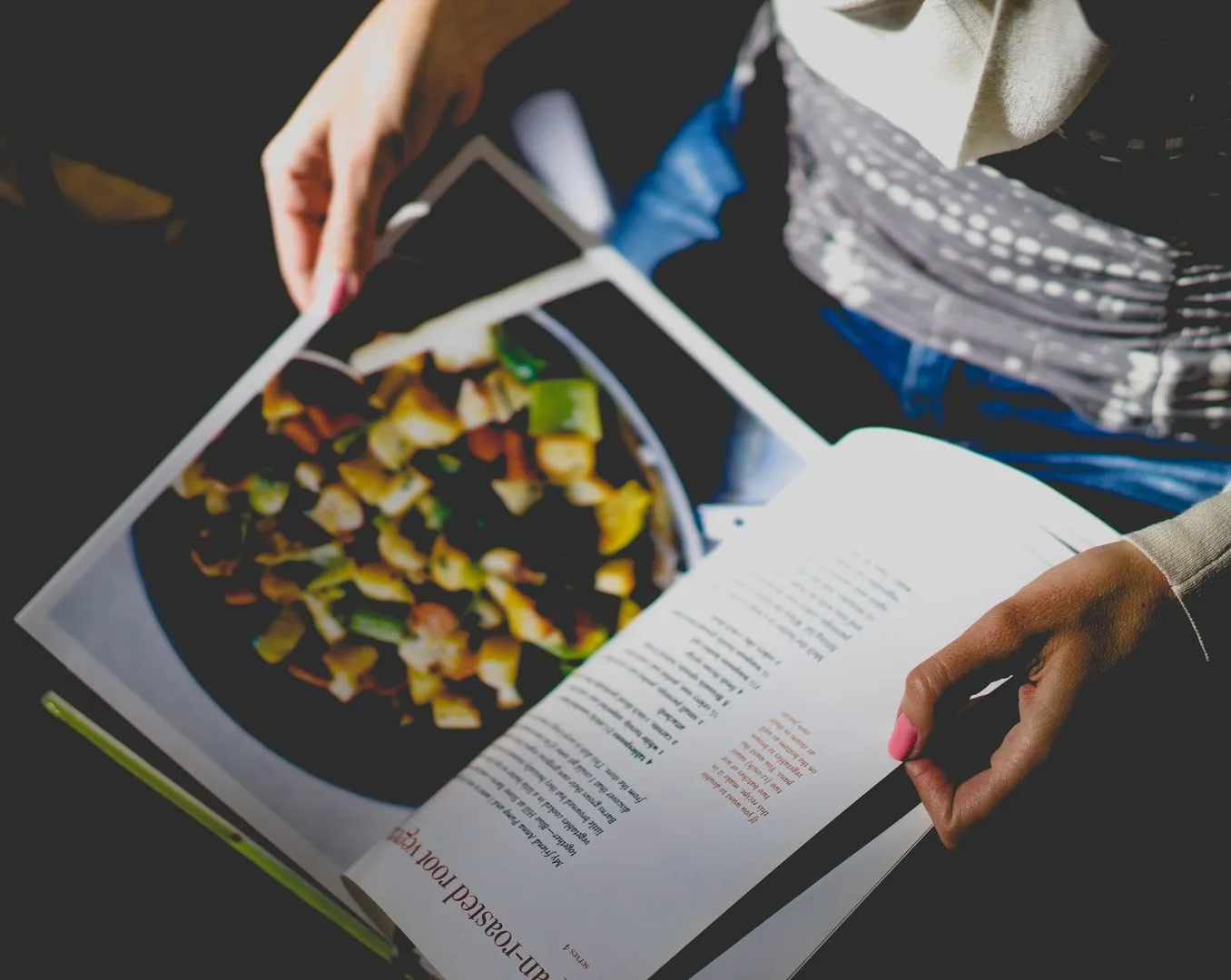How to Conquer the 'Food Noise'
Conquering the Inner Voice, aka 'Food Noise'

We’ve all been there— whether it's throughout your workday, or it's that time after work, but before dinner, or after dinner when the house is quiet, and suddenly, the urge to eat becomes almost irresistible. It’s as if an inner voice is calling your name, coaxing you toward the kitchen even when you’re not hungry. That inner voice is what I call 'food noise' and yes, it's real.
This familiar voice is the struggle that can leave you feeling frustrated and out of control, especially when it becomes a routine.
However, you have the power to silence this inner voice, aka 'food noise' and regain control over your choices. You can learn to identify the thought patterns that lead to mindless eating, challenge the lies that keep you stuck, and replace them with healthier, more fulfilling habits & thoughts.
I want to show you the step-by-step process I use to conquer the inner voice, aka 'food noise', that has tempted me for far too long!
Step 1: Identify the Problem
- My Problem: I was consistently eating, mindlessly, after dinner, even when I was not physically hungry.
- My Behavior: Every night after dinner, I would end up in the kitchen, grabbing snacks like chips, cookies, or ice cream. I wasn't even hungry, but I felt compelled to eat something.
The first step in overcoming any challenge is to clearly define the problem. In this case, the issue is mindlessly eating at night. But what does that really mean?
- Underlying Causes: This behavior was driven by my emotions & psychological triggers rather than physical hunger. I had a long, stressful day, and eating becames a way to unwind. When Steve used to travel for work, I'd find myself feeling lonely, and the food provided a temporary comfort. The wine took the edge off of the day. I had to recognize that these behaviors & my problem was not just about food—I had to ask what the food/wine represented in my life.
Step 2: Ask Probing Questions
To break free from this cycle, I had to ask myself probing questions that helped me dig in & understand why my behaviors continued. Here are some key questions to consider:
Why am I doing this?
- Are you eating because you’re actually hungry, or are you trying to soothe emotions like stress or anxiety?
- Reflect on your day: Did something happen that triggered your desire to snack?
When did this behavior start?
- Think back to when you first noticed this pattern. Was it during a particularly stressful time in your life?
- Did it begin as a reward system, a way to relax after a long day, or to cope with feelings of loneliness or sadness?
What need do I feel I’m missing?
- Are you seeking comfort, connection, relaxation, or a sense of accomplishment through food?
- Understanding the deeper need behind the behavior is key to finding healthier alternatives.
Is there a certain trigger that prompts this behavior?
- Identify specific triggers that lead to mindless snacking, or the nightly glass of wine. Is it a particular time of day, a certain activity like watching TV, or an emotional state?
- By recognizing these triggers, you can begin to disrupt the automatic nature of this habit.
Step 3: Pinpoint the Lie
After identifying the problem and asking the right questions, the next step is to pinpoint the lie that keeps you stuck in this pattern.
The Lie You Tell Yourself
Mindlessly eating & drinking is often justified by certain beliefs or thoughts that, while seemingly rational, are actually misleading & untrue:
- "I deserve this treat; I’ve had a tough day."
We convince ourselves that food or alcohol is a reward for dealing with stress or challenges, even though it may not be the healthiest way to cope. - "It’s just this one time; it won’t make a difference."
We downplay the impact of our actions, ignoring that these "one-time" behaviors often become habits that do affect our overall health and goals. - "This will help me relax and feel better."
We believe that eating or drinking will alleviate stress or anxiety, even though it only provides temporary relief and can lead to feelings of guilt or discomfort afterward. - "It's okay, everyone else is doing it."
We justify our behavior by comparing it to others, rationalizing that it’s acceptable to indulge because it’s socially normal or because others are doing it. - "I can make up for it tomorrow."
→
this was my ongoing lie
We tell ourselves that we can easily compensate for overeating or drinking by being extra strict the next day, ignoring the potential cycle of restriction and indulgence that this mindset can create.
These thoughts create a narrative that food is the solution to your stress, loneliness, or boredom. However, the truth is that while the snack might provide momentary pleasure, it doesn’t address the underlying issue. Instead, it often leads to feelings of guilt and frustration afterward.
The Reality
The reality is that food is not a solution to emotional or psychological needs. It’s a temporary fix that doesn’t solve the root problem. Here’s the truth:
- "This isn’t truly satisfying my emotional needs."
Mindlessly eating or drinking might momentarily distract from stress or emotions, but it doesn’t address the root cause of why we’re feeling this way. True satisfaction comes from dealing with our emotions directly. - "Every choice I make impacts my long-term health and goals."
Each instance of mindless eating or drinking contributes to a pattern that can affect our overall well-being. Acknowledging the cumulative effect of these choices is crucial for making healthier decisions. - "I’m using food or alcohol as a crutch, not a solution."
Recognizing that we’re relying on food or alcohol to cope with life’s challenges helps us understand that these are temporary fixes, not solutions to our underlying issues. - "Short-term pleasure can lead to long-term regret."
The immediate gratification from eating or drinking might feel good in the moment, but it often leads to regret, guilt, and negative consequences that outweigh the fleeting pleasure. - "I have the power to make a different choice."
We often forget that we have control over our actions. Embracing the truth that we can choose healthier ways to cope, relax, or reward ourselves empowers us to break the cycle of mindless eating or drinking.
The Replacement Principle
Once you’ve identified the lie, the next crucial step is to replace it with truth. This is where you begin to reshape your thought patterns and behaviors, breaking free from the cycle of mindless eating.
Remove the Lie
Acknowledging the lie is the first step toward removing it. Consciously reject the belief that mindlessly snacking after dinner, in my case, is what you need to feel better. Recognize that this behavior is not truly satisfying your deeper needs.
- Reject the Lie: “These oreos, or ice cream won’t fix my stress or loneliness. They only provide a temporary distraction.”
Replace the Lie with Specific Truths
To successfully break the habit, it’s essential to replace the lie with specific truths that resonate with your situation. Here are some of my truths you can adopt:
- Truth 1: “I deserve to wake up feeling refreshed and proud of my choices, not weighed down by regret.”
- Truth 2: “Food is not the solution to my stress; I can unwind in ways that truly nurture my body and mind.”
- Truth 3: “I have the power to choose how I care for myself, and I choose to honor my body with actions that align with my health goals.”
- Truth 4: “A warm cup of herbal tea and 10 minutes of deep breathing can give me the relaxation I’m looking for, without the guilt.”
- Truth 5: “Taking a moment to stretch and reflect on my day will help me wind down better than any snack could.”
- Truth 6: “Connecting with my emotions and addressing them directly is more powerful than using food as a distraction.”
These truths help you reframe your thinking and approach the 'food noise'. By internalizing these truths, you start to weaken the hold that the lie has over you.
Actionable Replacements
Now that you’ve identified and adopted new truths, it’s time to replace the old behavior with healthier actions that genuinely meet your needs.
Here are some strategies based on common triggers:
- For Stress Relief:
- Meditation: Practice mindfulness meditation or deep breathing exercises to calm your mind and body.
- Physical Activity: Engage in a relaxing physical activity like yoga or stretching to release tension.
- For Connection:
- Reach Out: Call or message a friend or loved one to share your thoughts and feelings.
- Journal: Write down your emotions and experiences in a journal to process them without the need for food.
- For Reward:
- Non-Food Rewards: Reward yourself with a non-food treat, such as reading a chapter of a good book, pampering yourself with skincare, or indulging in a creative hobby.
- Rest and Relaxation: Take a warm bath, light a scented candle, or listen to soothing music to unwind.
- For Relaxation:
- Herbal Tea: Make a ritual of drinking a calming herbal tea before bed to signal to your body that it’s time to relax.
- Evening Routine: Establish a calming nighttime routine that prepares your mind and body for sleep without the need for snacks.
A New Approach to 'Food Noise'
By following these steps—identifying the problem, asking probing questions, pinpointing the lie, and replacing it with truth—you can break the cycle of listening to the 'food noise' that whisper in your head.
Here’s how to integrate these steps into your daily life:
- Daily Reflection: Spend a few minutes each evening reflecting on your day. Identify any emotions or stressors that might lead to listening to the 'food noise' in your head and address them proactively.
- Mindful Choices: When the urge to mindlessly eat strikes, pause and ask yourself why you want to eat. Are you truly hungry, or are you seeking comfort or distraction? Choose to honor your body with a mindful decision.
- Healthy Habits: Gradually replace the habit of mindless munching with healthier routines that meet your emotional and physical needs. This might involve creating a relaxing bedtime routine, engaging in a creative hobby, or practicing stress-relief techniques.
- Positive Reinforcement: Celebrate your successes, no matter how small. Each time you choose a healthier alternative to late-night snacking, acknowledge the progress you’re making. This positive reinforcement will help solidify your new habits.
Overcoming Common Challenges
Even with the best intentions, there will be challenges along the way.
Here’s how I address some common obstacles:
Cravings During Emotional Highs & Lows
- Highs: During moments of celebration or happiness, you might feel tempted to indulge as a reward. Instead, find non-food ways to celebrate, such as sharing your joy with a friend or treating yourself to a small gift.
- Lows: During times of sadness or stress, it’s natural to seek comfort in food. Acknowledge these feelings and allow yourself to experience them without turning to food. Reach out to a support system or engage in a soothing activity that aligns with your emotional needs.
Breaking the Habit of Mindless Eating
- Awareness: The key to breaking any habit is awareness. Pay attention to when and why you reach for snacks. This awareness will help you interrupt the automatic behavior.
- Distraction: Find ways to distract yourself from the urge to snack. This could be as simple as brushing your teeth, going for a walk, or engaging in a hobby. The goal is to break the link between the trigger and the behavior.
- Mindful Eating: If you do decide to eat, practice mindful eating. Savor each bite, eat slowly, and pay attention to how the food makes you feel. This practice can help you reconnect with your body’s hunger and fullness cues.
Leaving the 'Food Noise' for Good
The journey to overcoming mindless eating is not about perfection. It’s about building a lifestyle that honors your body, mind, and emotions.
Here’s how to ensure long-term success:
- Set Realistic Goals: Start small and set achievable goals. For example, commit to replacing late-night snacks with a healthier habit three nights a week, then gradually increase it as you build confidence.
- Seek Support: Don’t hesitate to seek support from friends, family, or a professional coach (hint, hint)if you’re struggling. Sometimes, talking through your challenges with someone can provide new insights and motivation.
- Celebrate Milestones: Recognize and celebrate your achievements along the way. Whether it’s a week without late-night snacks or successfully replacing a snack with a healthier habit, each milestone is worth acknowledging.
- Continuous Learning: Keep learning and adapting. As you progress, you might discover new triggers or challenges. Stay curious and open to finding new strategies that work for you.
- Practice Self-Compassion: Be kind to yourself throughout this journey. There may be setbacks, but they are part of the process. Approach each day with a mindset of growth and learning, rather than perfection.
Let's Do This!
Mindless eating is a habit that many struggle with, but it’s a habit that can be overcome with the right approach. By identifying the problem, asking probing questions, pinpointing the lie, and replacing it with truth, you can break free from this cycle and build a healthier, more fulfilling lifestyle. With patience, persistence, and self-compassion, you can conquer the inner voice and create a life that truly nourishes your body and mind. The power to change is within you.
YOU ARE CAPABLE OF LIVING YOUR HEALTHIEST & HAPPIEST LIFE.
If you’re looking to create healthy habits to gain more energy, improve your sleep + shed a few pounds, you’ve landed in the right place.
Recent Posts
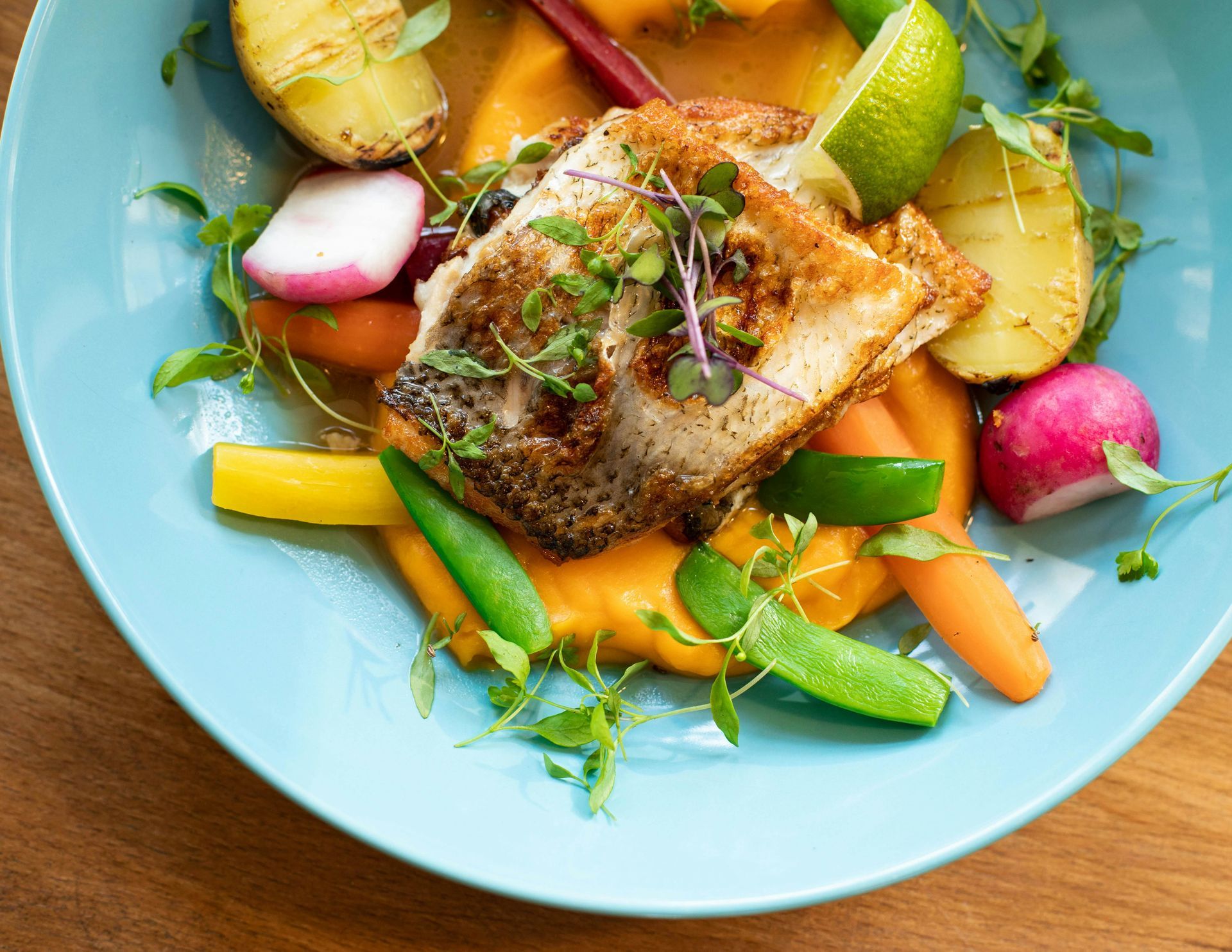
Meet Emily
I love encouraging + inspiring others to reach their healthiest lives through food, fitness + gratitude. As a holistic nutritionist + the founder of Thrivyest, I am passionate about creating habits to help you to live longer + thrive. To thrive in body, mind + soul through personalized, simple + practical steps ensuring you gain more energy, clarity + confidence! Let's connect!
